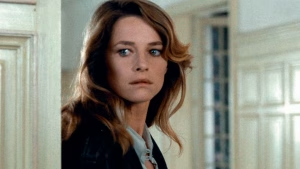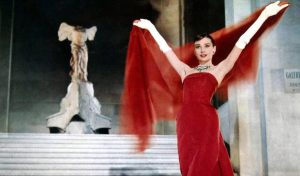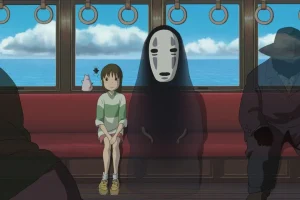magiccarouselsundays.com – Charlotte Rampling, an enigmatic and captivating figure, has been a mainstay of international cinema for over five decades. Her distinctive beauty, intense gaze, and ability to embody complex characters have made her one of the most revered actresses of her generation.
Early Life and Career Beginnings
Born Tessa Charlotte Rampling on February 5, 1946, in Sturmer, England, Rampling’s early life was marked by a privileged upbringing and a cosmopolitan upbringing. Her family’s frequent moves between England, France, and Spain exposed her to diverse cultures and languages, shaping her worldview and artistic sensibility.
Rampling’s modeling career took off in the 1960s, and she soon transitioned into acting. Her breakthrough role came in the 1966 film “Georgy Girl,” which showcased her natural beauty and talent. However, it was her subsequent performances in European arthouse films that truly cemented her reputation as a serious actress.
A Muse of European Cinema
Rampling’s collaboration with renowned directors like Luchino Visconti and Liliana Cavani elevated her to international stardom. Her portrayal of a concentration camp survivor in Cavani’s controversial film “The Night Porter” (1974) was a bold and provocative performance that shocked and intrigued audiences.
Throughout the 1970s and 1980s, Rampling continued to deliver powerful performances in films such as “Zardoz,” “Farewell, My Lovely,” and “Stardust Memories.” Her ability to embody complex and often morally ambiguous characters set her apart from her contemporaries.
A Late-Career Renaissance
In recent years, Rampling has experienced a late-career renaissance, earning critical acclaim for her performances in films like “The Verdict” (2012), “45 Years” (2015), and “Hannah” (2017). Her portrayal of an elderly woman grappling with loss and grief in “45 Years” earned her numerous accolades, including a BAFTA Award and an Academy Award nomination.
A Timeless Icon
Charlotte Rampling’s enduring appeal lies in her ability to convey depth and nuance with a minimalist approach. Her understated performances, combined with her striking beauty, have made her a timeless icon. She continues to inspire and captivate audiences with her talent, elegance, and unwavering commitment to her craft.
As one of the last remaining stars of classic cinema, Rampling’s legacy is secure. Her influence on the world of film and fashion is undeniable, and her impact on popular culture will be felt for generations to come.



